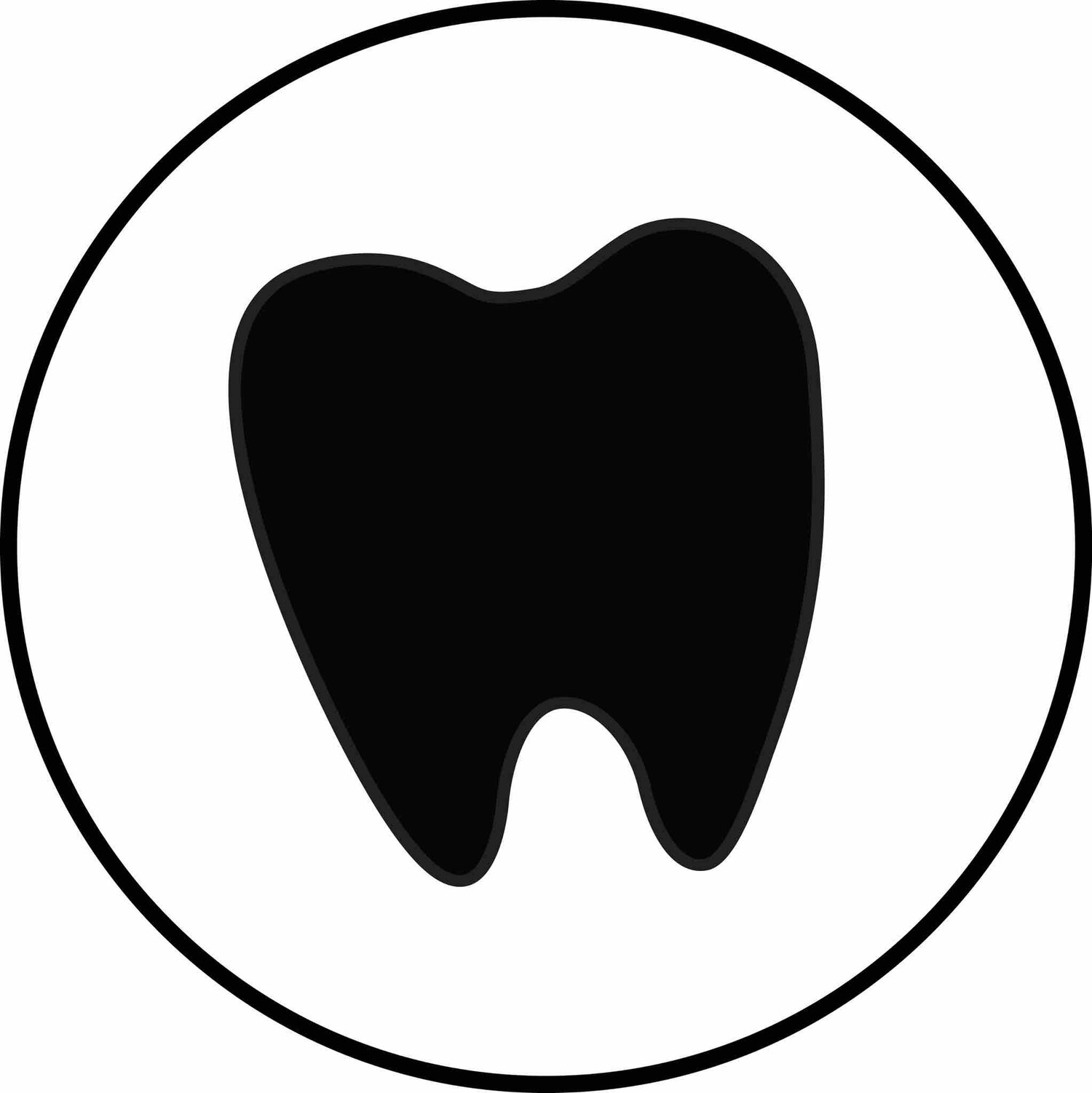Graceys VS Universal Instruments
Here is a plea to have gracey instruments in your office. Hear me out- I know they’re an extra expense, you need to have 2 instruments per tooth, and they add extra mess to your tray. However, if you’re working on pockets greater than 4mm, these specialized instruments are key to reaching the base of the pocket. There is a huge difference between these two instruments, what they are used for, and how they each are utilized to treat very different patients. Let’s break them down.
Universal Instruments:
Design:
Blade Angle: Universal instruments have two cutting edges per working end. The blade is set at a 90-degree angle to the terminal shank.
Shape: The back is rounded, and the working end is semicircular in cross-section.
Cutting Edges: Both edges are used, allowing it to be applied to all tooth surfaces.
Application:
Designed for all areas of the mouth (hence, “universal”).
Commonly used for heavy deposits due to their robust design.
Examples: Columbia 13/14, Barnhart 5/6.
Technique:
Requires tilting the shank to achieve the correct blade-to-tooth angulation (70–80 degrees).
Effective but may require more precision to adapt correctly to curved surfaces.
Gracey Curettes:
Design:
Blade Angle: Gracey curettes have a 70-degree blade angle to the terminal shank, making only one cutting edge functional (lower edge).
Shape: Also has a semicircular cross-section, but the shank and blade are more angulated and area-specific.
Application:
Designed for specific areas of the mouth:
Example: Gracey 1/2 for anterior teeth, 11/12 or 15/16 for mesial surfaces, 13/14 or 17/18 for distal surfaces.
Ideal for fine scaling and root planing, especially subgingivally.
Provides better adaptability to root morphology and furcations.
Technique:
Easier to achieve proper angulation due to the pre-set blade angle.
Less effective for removing heavy deposits compared to universal curettes.
To learn more about graceys, the differences in graceys, and more, definitely watch these videos:
xoxo Melia Lewis, RDH @meliardh

